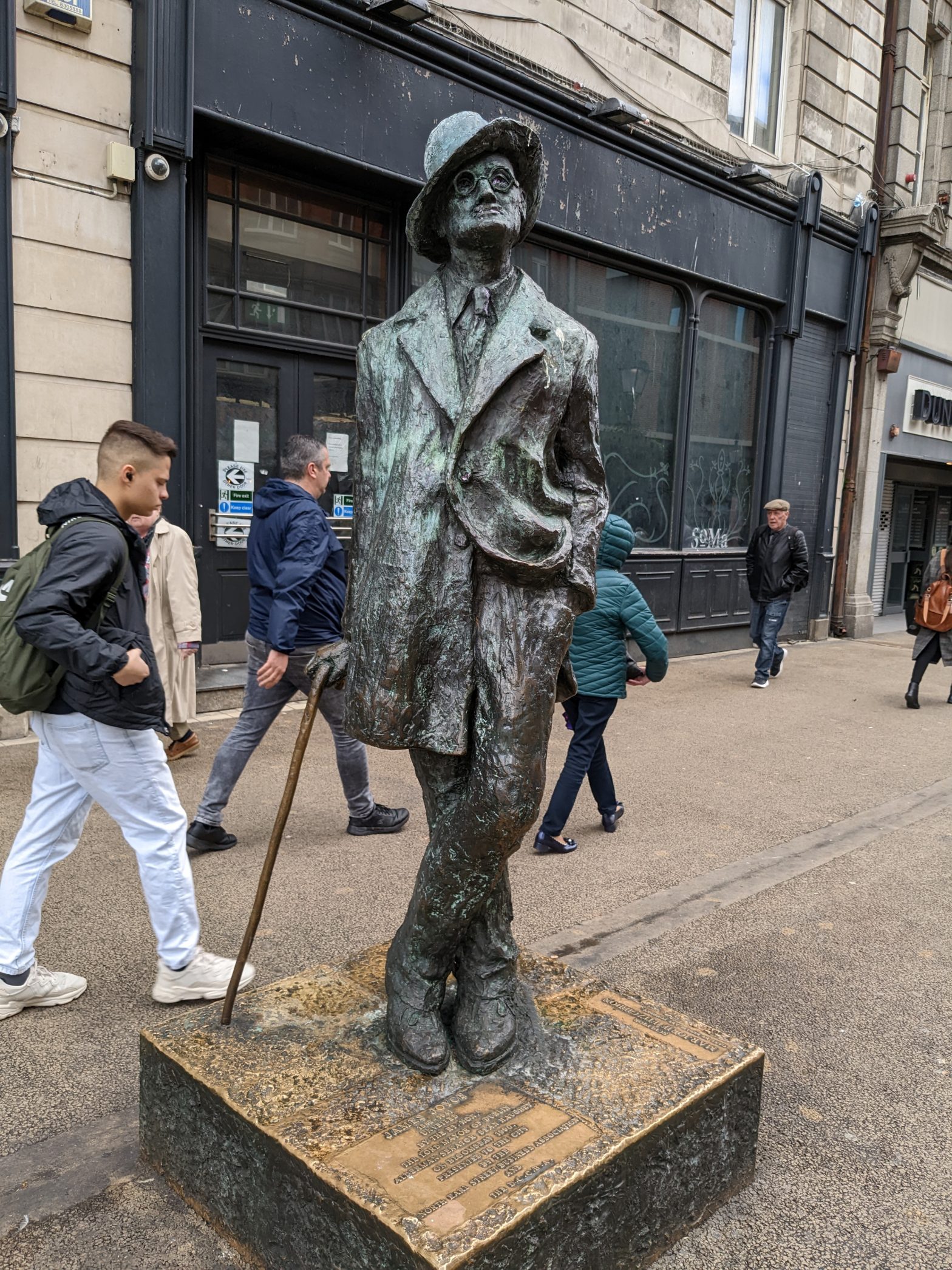Why I support the Govt consultation: ‘Smarter regulation: proposed changes to legislation for electrically assisted pedal cycles’ – by Richard Attwood. The Govt has just (29.02.24) launched a consultation , as part of a wider Smarter Regulation Programme, to explore the possibility of an increase in the current legally permissible wattage rating of electric bikes… Continue reading e-bike consultation: ‘More Watts? – Smarter regulation?’
Author: wildnorthlands
E-Bike Guide Updated
E-Bike guru Richard Attwood has updated his e-bike guide for 2024
Go Dutch!
Hook of Holland via Hull on the Rotterdam ferry. (with P+O ferries – no other ferries are available for this route!) Context: We had booked a special exhibition at the Rijksmuseum in Amsterdam, and wanted to use the Bromptons for a bit of an adventure going over. (We returned on the Eurostar direct from Amsterdam… Continue reading Go Dutch!
Travels in the Basque Country
Last Night’s Cycle Forum
Sheffield to Dublin
Sail-Rail from Sheffield to Dublin – What’s it like? I got the train to Holyhead on Oct 2nd, the day after a strike, so I was a bit worried that my journey would be disrupted. Although Northern had cancelled the 09:14 stopper, the 09:11 express was running and they even took the time to attach… Continue reading Sheffield to Dublin
New Route in “Further Afield”
Active Travel Update – July 2022
Transport in France
Local transport in Pau Voie Vertes (Greenways) COVID Precautions France has kept some COVID Restrictions in place. Masks are obligatory on Public Transport and you need a Covid passport, showing that you have been vaccinated twice, to enter restaurants, bars, museums etc. Consequently, as over-65s we felt much safer going into these places and using… Continue reading Transport in France
